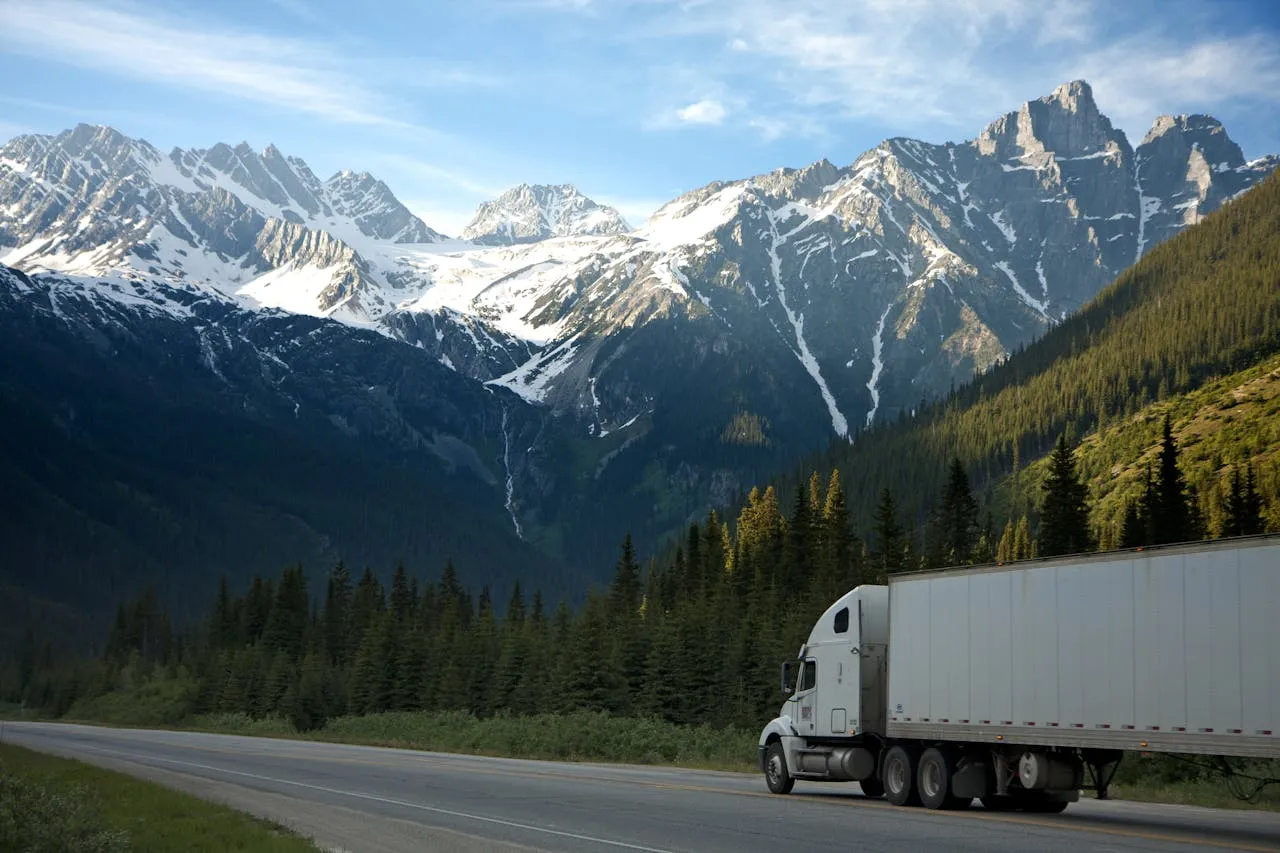
Truck Rack Market Outlook 2025–2034: Smart Technologies, Sustainability, and Customization Drive Strong Global Growth
Truck Rack Market Outlook 2025–2034: Market Share and Growth Analysis by Type, Material, and Application, highlighting the evolving dynamics of a vital segment within the automotive accessories industry. The global truck rack market, valued at USD 1.7 billion in 2025, is projected to more than double to USD 3.4 billion by 2034, registering a compound annual growth rate (CAGR) of 8.1%.
This anticipated growth reflects a significant transformation within the commercial and recreational vehicle landscape, where racks are playing an increasingly critical role in expanding vehicle utility, safety, and performance.
Market Drivers: E-commerce, Urban Logistics, and Outdoor Lifestyles
The ongoing expansion of e-commerce and last-mile delivery services is creating robust demand for versatile, high-capacity transportation solutions. racks—particularly utility and ladder racks—enable vehicles to carry oversized and irregular loads that would otherwise exceed internal storage space, making them indispensable for commercial delivery fleets, tradespeople, and logistics operators.
Concurrently, the popularity of recreational and outdoor activities has sparked growing interest in specialized transport accessories among individual consumers. From bikes and kayaks to rooftop tents and camping gear, lifestyle-oriented applications are driving adoption of custom rack systems in the personal vehicle segment. These use cases are expected to become more prominent in urban and suburban environments, where efficient use of vehicle space is paramount.
Innovations in Materials and Design
One of the core enablers of this market’s expansion is the evolution of materials and structural design. Modern truck racks are increasingly manufactured from lightweight alloys such as aluminum, as well as composite and corrosion-resistant materials that reduce the overall weight without compromising strength or durability. These materials also contribute to improved fuel efficiency—a key consideration for both conventional and electric vehicle (EV) owners.
Manufacturers are embracing modular construction techniques, allowing users to reconfigure or expand their racks based on changing needs. This modularity not only improves load versatility but also extends the product lifecycle by enabling upgrades and part replacements without requiring full system overhauls.
Rise of Smart Truck Rack Technologies
Technology integration is transforming truck racks into intelligent systems that go far beyond their traditional utilitarian role. Smart features such as load sensors, GPS-enabled tracking, tilt alerts, and remote lock/unlock capabilities are becoming more prevalent, enhancing both safety and convenience for users.
In commercial fleets, these smart racks support inventory tracking, reduce load-related accidents, and contribute to compliance with safety regulations. Real-time monitoring systems offer logistics providers enhanced visibility into asset use, enabling more effective fleet management and reducing downtime.
Looking ahead, advancements in the Internet of Things (IoT) are expected to bring fully integrated rack systems that communicate seamlessly with vehicle telematics, fleet management software, and mobile apps.
Sustainability: A Market Imperative
Sustainability is no longer optional—it’s a competitive differentiator. As environmental awareness grows among consumers and regulators, there is increasing demand for truck racks made from recycled or eco-friendly materials. Companies are responding by reengineering their production processes, adopting greener supply chains, and reducing their carbon footprint.
The growth of the EV market is also shaping the truck rack industry. Since EVs often prioritize aerodynamic efficiency and weight optimization, rack manufacturers are being challenged to create sleeker, more lightweight systems that align with EV performance requirements. These design innovations are setting new benchmarks for product sustainability, even beyond the EV segment.
Market Challenges and Competitive Dynamics
Despite the strong growth outlook, the truck rack market is not without challenges. Fluctuating raw material costs—particularly for aluminum and steel—can impact manufacturing margins and pricing strategies. Additionally, increasing competition among established and emerging players is intensifying the pressure on product differentiation, pricing, and after-sales services.
To navigate these challenges, companies are focusing on innovation, brand positioning, and deep customization tailored to specific industries or user groups. Strategic partnerships, mergers, and acquisitions are also emerging as effective growth strategies, helping companies expand their product portfolios and geographic presence.
Future Trends: Customization, Modularity, and Connectivity
Over the next decade, several trends are poised to reshape the truck rack landscape:
- Customization will be a major driver, especially in urban logistics, where businesses require unique load configurations to accommodate different package sizes and service models.
- Modular designs will gain further traction, giving users the flexibility to adapt their racks to various load types, work environments, or seasonal needs.
- Connected smart systems will become mainstream. Expect a rise in truck racks that offer features like automated load balancing, climate resistance monitoring, predictive maintenance alerts, and software integration with fleet dashboards.
These developments will cater to both the commercial and personal use segments, reinforcing the role of truck racks as intelligent mobility solutions rather than static add-ons.
Regional Insights: Growth Opportunities Across Global Markets
From a regional perspective, North America and Europe are leading the charge in terms of market share and innovation adoption. In North America, the strong presence of commercial fleets and recreational vehicle users continues to support demand. The U.S. and Canada are also seeing early adoption of smart and modular rack systems.
Europe is witnessing growth driven by stringent emission regulations, increased EV adoption, and growing demand for sustainable mobility accessories. European manufacturers are also at the forefront of material innovation and advanced design engineering.
Meanwhile, Asia-Pacific represents a significant expansion frontier, fueled by urbanization, the rise of e-commerce logistics, and a growing middle class with increasing recreational transport needs. Countries like China, India, and Southeast Asian markets are witnessing heightened investments in vehicle accessories as vehicle ownership rates rise.
Emerging markets in the Middle East, Africa, and South and Central America are also poised for growth, although with varying adoption rates depending on economic conditions, infrastructure development, and consumer behavior patterns.
Competitive Landscape: Key Players and Strategic Focus
The competitive landscape of the truck rack market includes a mix of global manufacturers and regional specialists. Key players featured in the report include:
- Kargo Master Inc.
- The Thule Group
- Cross Tread Industries, Inc.
- U.S. Rack Inc.
- Vanguard Manufacturing, Inc.
- Magnum Manufacturing, Inc.
- Texas Truck Racks
- Yakima Products Inc.
- ProTech Industries
These companies are prioritizing product innovation, eco-conscious manufacturing, and enhanced customer experience to maintain their market position. Many are also investing in digital platforms and dealer networks to improve product availability and after-sales services.
Competition analysis within the report highlights the use of Porter’s Five Forces, evaluating the bargaining power of suppliers and buyers, competitive rivalry, threat of new entrants, and substitute products. The study also assesses geopolitical developments and macroeconomic trends that could influence market conditions, trade policies, and supply chain stability.







